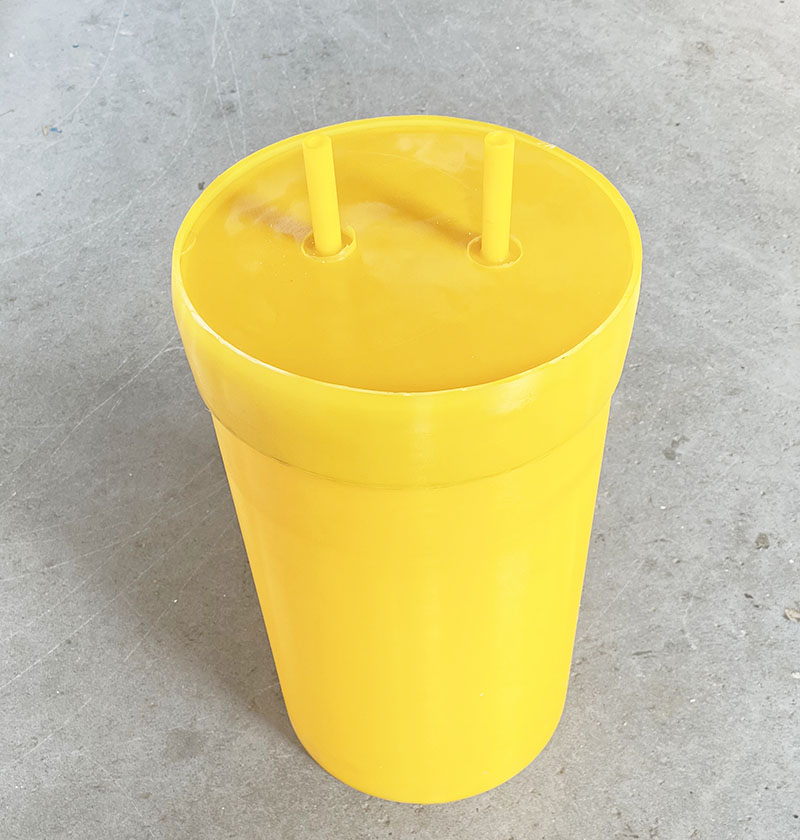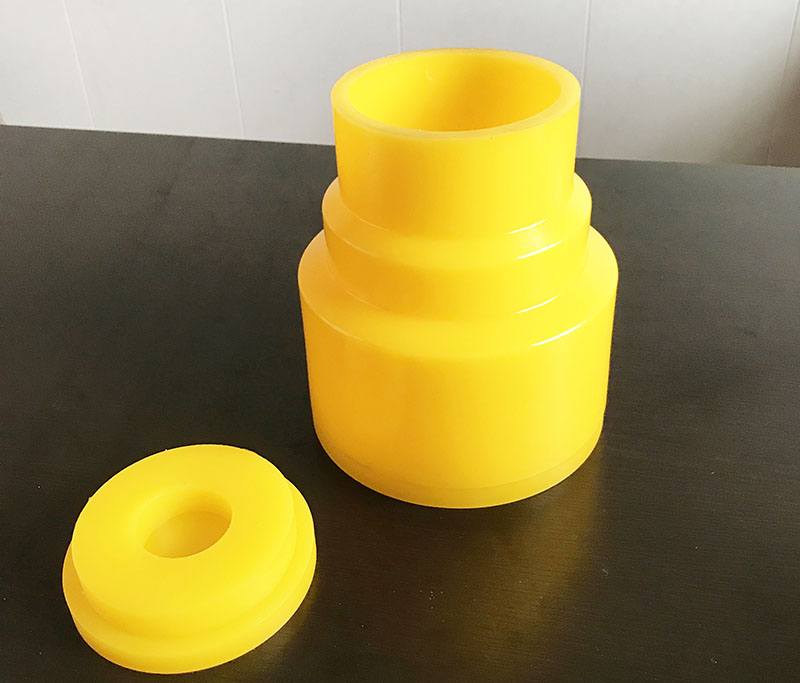

Isostatic pressing process
Isostatic pressing is a commonly used metal processing process widely used in automobile manufacturing, aerospace, energy and other fields. This article will introduce the process flow of isostatic pressing, including raw material preparation, mold design, molding process, subsequent processing, etc.
1. Raw material preparation
The raw materials for isostatic pressing are usually metal powders, such as aluminum, copper, steel, etc. First, the metal powder needs to be screened to remove impurities and uneven particles. Then, according to the requirements of the product, a suitable proportion of metal powder is mixed, and a certain amount of lubricant is added to increase the fluidity between the powders and reduce frictional resistance.
2. Mold design
The mold used in isostatic pressing usually consists of two parts, the upper mold and the lower mold. The upper mold is usually equipped with feed holes and exhaust holes, while the lower mold has a cavity in the shape of the product. In mold design, the shape, size, density and hole requirements of the product need to be taken into consideration, as well as the wear resistance and service life of the mold.
3. Molding process
1. Pre-pressing stage: Before starting molding, pre-pressing needs to be carried out first. The premixed metal powder is placed into the mold, and a certain amount of pressure is applied to tightly arrange the powder in the mold to form the preliminary shape.
2. Main pressing stage: After the pre-pressing is completed, continue to apply higher pressure to make the metal powders more closely arranged together. At the same time, the remaining metal powder is replenished into the cavity through the feed hole in the mold to ensure the consistency of the shape and size of the molded product.
3. Holding pressure stage: After the main pressure is completed, a certain holding pressure needs to be continued to keep the shape and density of the metal powder stable. The length of holding time depends on the properties of the metal powder and the requirements of the product.
4. Exhaust stage: During the molding process, due to the close arrangement and compression of metal powder, a certain amount of gas will be generated. Exhaust the gas through the vent holes in the mold to prevent the formation of bubbles and holes.
5. Demolding stage: After the molding is completed, separate the upper and lower molds and take out the molded product. Due to the high pressure of isostatic pressing, special equipment and tools are usually required for demoulding.
4. Follow-up processing
Products after isostatic pressing usually require subsequent processing to improve their performance and surface quality. Common subsequent treatments include sintering, heat treatment, surface treatment, etc. Sintering is to heat the formed product at high temperature to combine the metal powder particles and increase the density and strength of the product. Heat treatment is to change the structure and performance of the product under certain temperature and time conditions. Surface treatment includes polishing, spraying, plating, etc. to improve the appearance and corrosion resistance of the product.
The isostatic pressing process includes raw material preparation, mold design, molding process and subsequent processing. Through reasonable operation and control, molded products with uniform density, precise shape and high strength can be obtained. The isostatic pressing process has important application value in industrial production, providing high-quality parts and products for all walks of life.
Isostatic Pressing Molds




We support all kinds of customization, if you need it, please contact us.
Phone/whatsapp:+86 18234744811
Email:sales@highindustryco.com